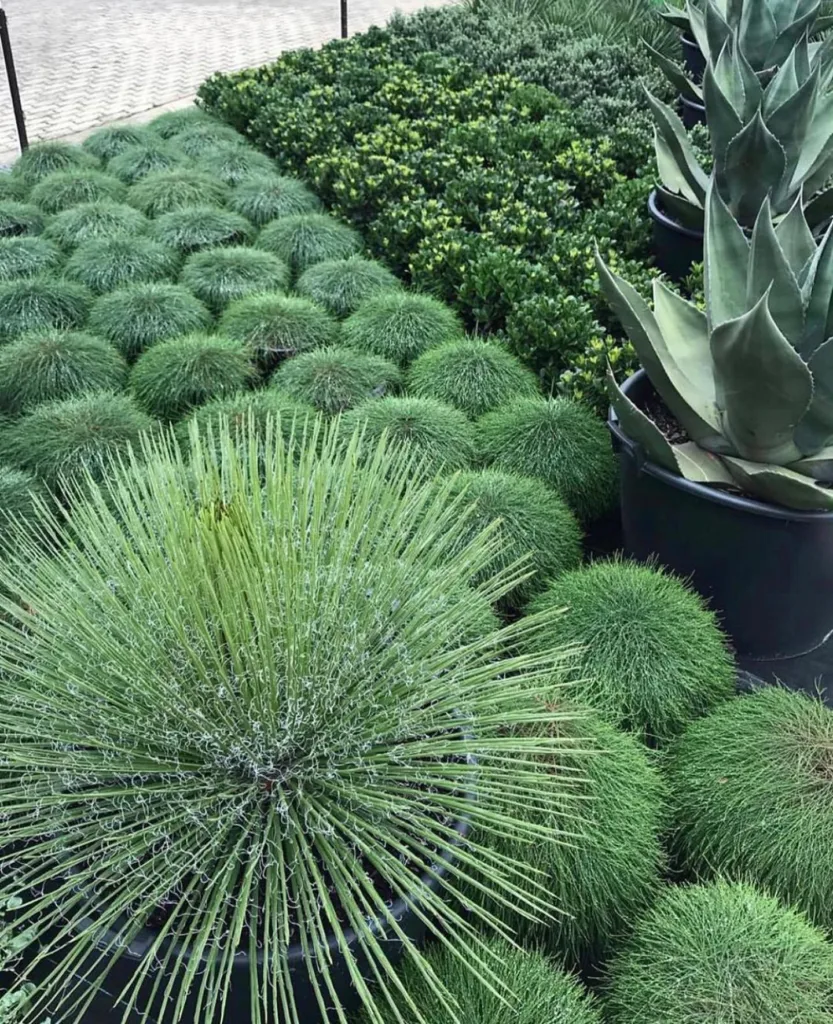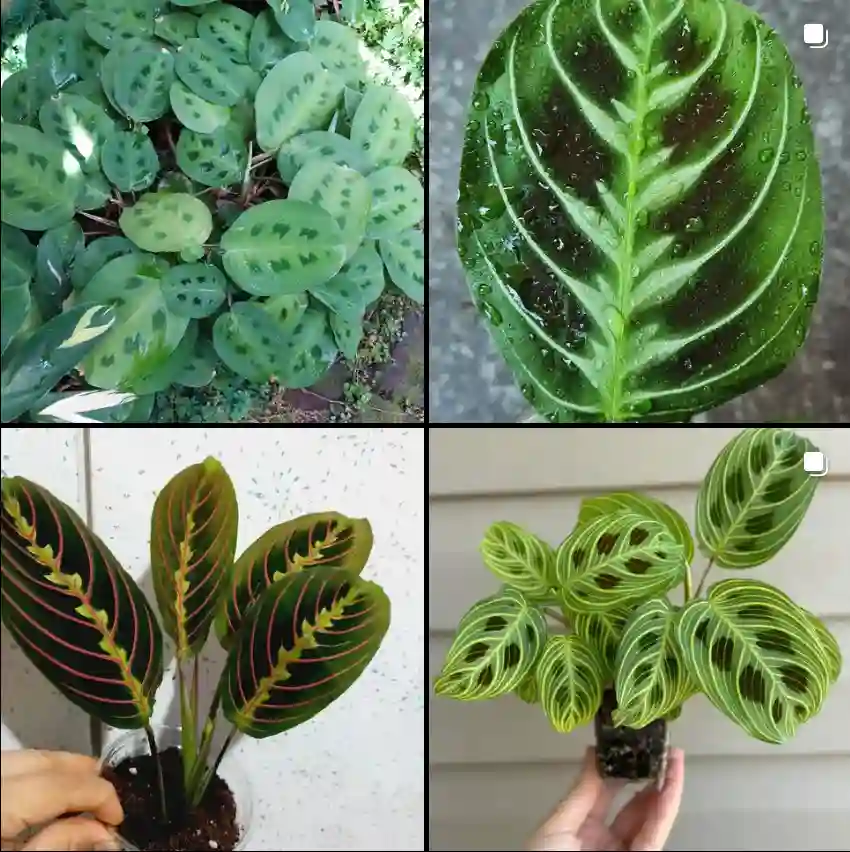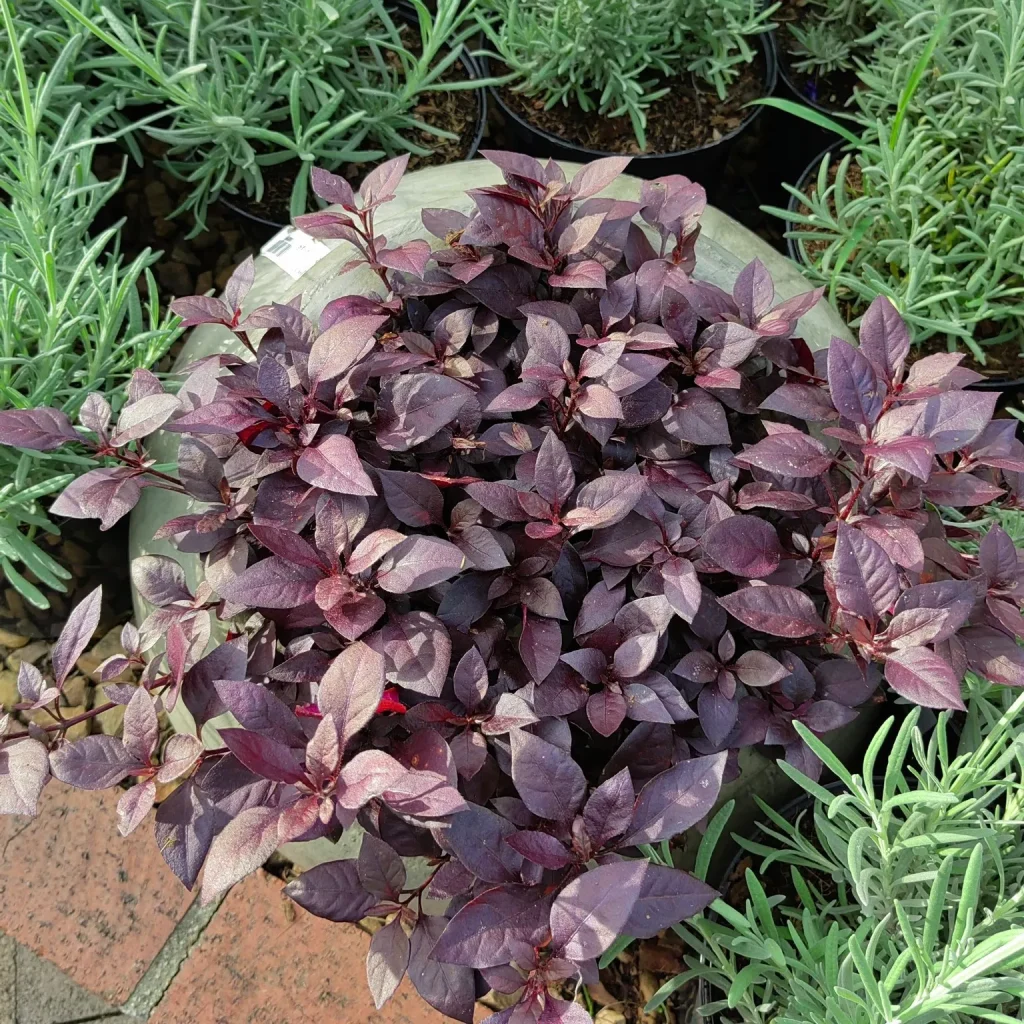Heliconia Caribaea: The Lobsterclaw’s Allure
The Heliconia Caribaea, also known as the Lobsterclaw, is a stunning tropical plant that captivates with its vibrant colors and unique form. As a botanist with a passion for these exotic beauties, I’m here to answer your burning questions about the Heliconia Caribaea.
Plant Family: Heliconiaceae – 203 Species in Genus Heliconia
What is a Heliconia Caribaea?
Imagine a banana plant on steroids, with bold, colorful lobster claw-shaped structures where the flowers should be. That’s the Heliconia Caribaea in a nutshell. It’s an evergreen perennial native to the rainforests of South America and the Caribbean, known for its architectural foliage and eye-catching blooms.
What Makes the Heliconia Caribaea Special?
Beyond its flamboyant appearance, the Heliconia Caribaea boasts several unique features:
- Bird and Bat Haven: The large, banana-like leaves provide a cozy shelter for hummingbirds, its primary pollinators, and even bats.
- Long-lasting Blooms: Unlike many tropical flowers, the Heliconia Caribaea’s bracts (modified leaves that enclose the actual flowers) last for weeks, making them prized cut flowers.
- Adaptable Beauty: While it thrives in warm, humid climates, certain cultivars can tolerate partial shade and even cooler temperatures, making them suitable for container gardening in some regions.
Heliconia Caribaea vs. Heliconia Bihai (Red Ginger): Friend or Foe?
Here’s the thing: Heliconia Caribaea and Heliconia Bihai (Red Ginger) are close relatives, often mistaken for each other. Both boast vibrant flower bracts, but with key differences:
- Color Palette: Heliconia Caribaea typically features bright yellow or orange bracts, while Heliconia Bihai comes in fiery reds and yellows.
- Size Matters: The Heliconia Caribaea can reach up to 15 feet tall, while the Heliconia Bihai is generally shorter, topping out around 8 feet.
- Leaf Shape: Heliconia Caribaea has broader, elliptic leaves, while Heliconia Bihai’s leaves are narrower and more lanceolate.
Ultimately, they’re both stunning additions to a tropical garden, and the choice depends on your desired color scheme and available space.
Can I Grow a Heliconia Caribaea Indoors?
Yes, with proper care! Here’s what you need to know:
- Light: Aim for bright, indirect light. A south-facing window with sheer curtains is ideal.
- Temperature: Maintain a warm environment between 65-80°F (18-27°C). Avoid drafts and sudden temperature fluctuations.
- Humidity: Mimic the rainforest by using a humidifier or placing the pot on a pebble tray filled with water.
- Watering: Keep the soil consistently moist but not soggy. Water deeply when the top inch of soil feels dry.
- Fertilizer: Apply a balanced liquid fertilizer diluted to half strength during the growing season (spring and summer).
Remember: Heliconia Caribaea can outgrow indoor spaces. Consider repotting annually or choosing a dwarf cultivar.
How Do I Care for My Heliconia Caribaea Outdoors?
If you live in a warm, humid climate (USDA hardiness zones 9-11), you can enjoy the Heliconia Caribaea’s full majesty outdoors:
- Planting: Choose a location with filtered sunlight and well-draining soil. Amend the soil with organic matter for better moisture retention.
- Watering: Water regularly, especially during dry spells. Ensure the soil doesn’t become waterlogged.
- Fertilizer: Use a slow-release fertilizer formulated for flowering plants during the growing season.
- Pruning: Remove spent flower stalks and dead or damaged leaves to promote new growth and maintain a neat appearance.
Bonus Tip: Heliconia Caribaea propagates through rhizome division. Consult a gardening expert for detailed instructions.
Is the Heliconia Caribaea Toxic?
While not deadly, the Heliconia Caribaea contains calcium oxalate crystals, which can cause mild irritation to the skin and mouth if ingested. It’s best to keep it out of reach of children and pets.
By following these simple tips, you can cultivate a thriving Heliconia Caribaea that will add a touch of the tropics to your home or garden. With its captivating beauty and architectural form, this plant is sure to become a conversation starter.
If i die, water my plants!



